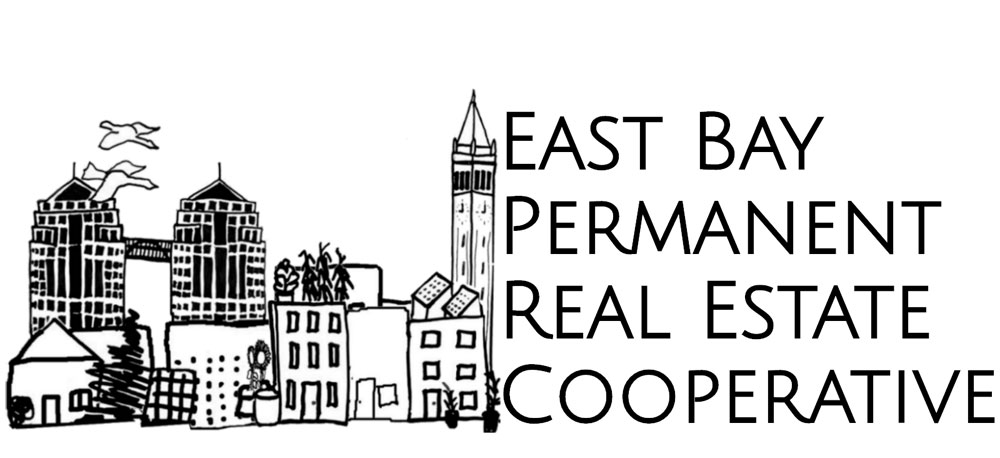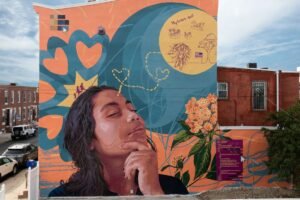
August 25, 2019; Mercury News
The San Francisco Bay area’s outrageous housing market is no secret. As NPQ’s Steve Dubb reported, quoting Mother Jones, “The median home price in the San Francisco Bay Area is $830,000.” As Curbed says, “Right now, the US Census estimates that the average San Francisco household makes $96,265 per year, but that figure is from 2017 (still the most recent census number released).”
Among the models for ameliorating the problem in the area is the East Bay Permanent Real Estate Cooperative (East Bay PREC), who were featured last fall on an NPQ webinar. Through it, the Sustainable Economies Law Center and the People of Color Sustainable Housing Network hope to create a potentially scalable pilot addressing the housing crisis in the Bay East area:
A PREC simultaneously de-commodifies land, enables community control for structurally excluded communities, and disrupts root causes of racialized inequality. Unlike a conventional housing cooperative, which is formed to provide housing to a defined group of residents, a PREC could be described as a “movement cooperative,” because it is designed to provide housing, build a large membership base, and serve members’ collective goal to transform our neighborhoods and our systems of finance and land ownership.
Sign up for our free newsletters
Subscribe to NPQ's newsletters to have our top stories delivered directly to your inbox.
By signing up, you agree to our privacy policy and terms of use, and to receive messages from NPQ and our partners.
The alliance has hosted community discussions, including community design gatherings in Fall 2017, to include more people in the construction of the model.
The Mercury News reports they kickstarted their venture in December 2017 with a fundraising campaign. Their initial goal was to acquire one property in both 2018 and 2019. They have already met that goal and are now on their way to acquire a third.
Within the cooperative, one can take ownership of their property and build toward turning what was a rental conglomerate into an actual home. This grants peace of mind to individuals who otherwise are often in constant fear of losing their home due to rising costs or property purchases (and subsequent upscaling) by big corporate investors. One tenant says, “Instead of saving money for a rainy day, because I never knew when the landlord would sell and when I might become homeless, now I’m saving for roof repairs.”
East Bay PREC has been able to achieve their vision so far through community partnerships, such as with the Oakland Community Land Trust, and existing within a different type of investment and ownership model. As the Mercury News points out, think micro-financing organizations: an initial investment of $1,000 can be cashed out within 10 years, with investors turning a small profit. This innovative approach uses unique solutions but allows the community to help shape that approach.
Close to a month ago, NPQ discussed Miriam Axel-Lute and the three essential building blocks of equitable development: take housing and other land out of the speculative market, implement tenant protections, and support sustainable homeownership for current residents. The East Bay PREC hits each of those. So, when the Mercury News asks how they did it, the answer is one that nonprofits and others can take notice for other innovative solutions. “By relying on a lot of people, a new model for investment, and some innovative partnerships.”—Sarah Miller











